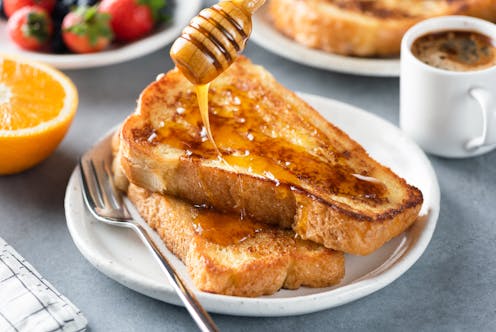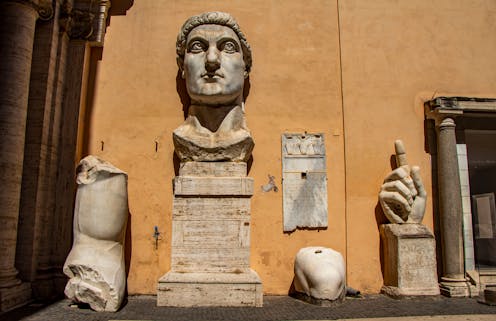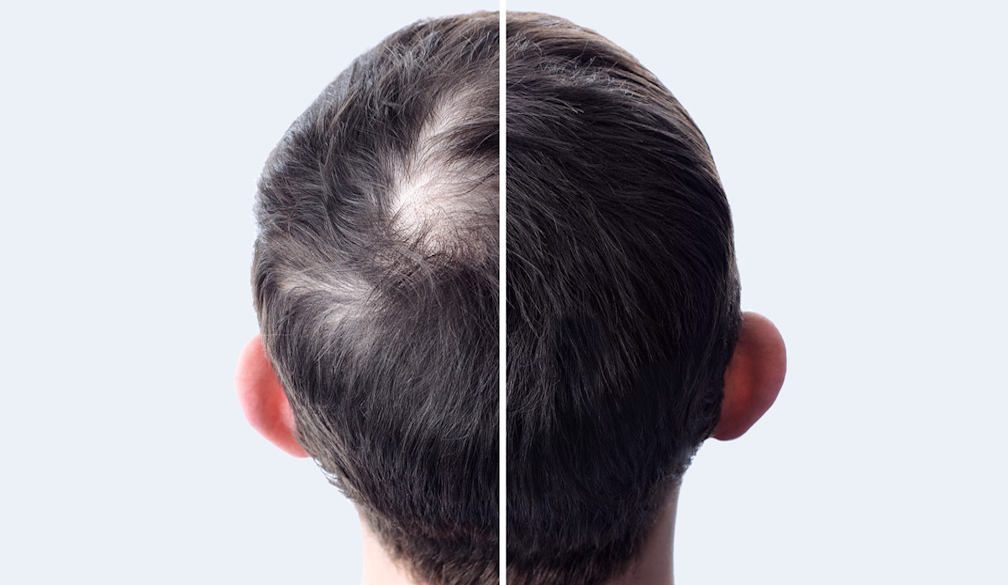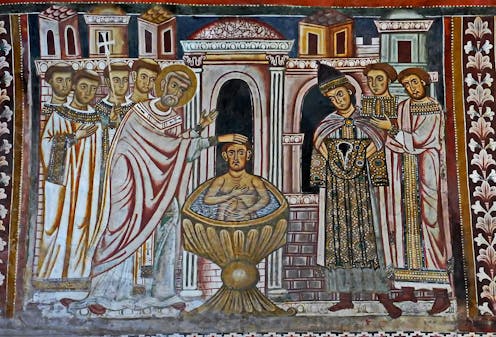What is necro-branding? And what’s it got to do with Elvis, Princess Diana and Taylor Swift?
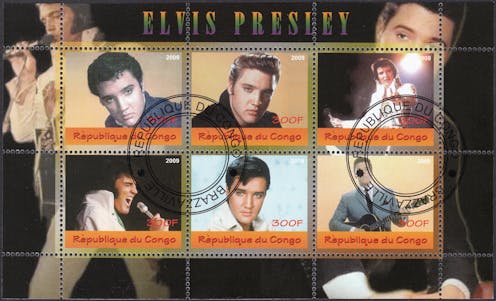
Do you own any memorabilia depicting Elvis, Princess Diana, David Bowie, Prince or Michael Jackson? Perhaps a beloved t-shirt, a favourite mug, a special keyring or a novelty plate? You might not know it, but you are participating in something known as “necro-branding”.
Necro-branding is where the image of a celebrity is sold to the public, perhaps by their estate or by their fans, long after the celebrity has died.
These necro-branded items act almost like talismans, helping us preserve the past and remind us of an era long gone.
Necro-branding is also shaping up to be a multibillion-dollar industry. Even the stars of today – such as Taylor Swift – will inevitably one day become the necro-brands of tomorrow.
And with the astonishingly rapid development of artificial intelligence (AI), we can expect celebrities’ images to be “reincarnated” even more in the future, and their legacies extended far beyond death.
Necro-branding is everywhere
As colleagues and I argued in our recent paper in the journal Celebrity Studies, the quintessential necro-branded celebrity is Elvis Presley.
From Elvis impersonators to countless items of Elvis memorabilia, the Elvis brand has only increased after the star’s death. Elvis-themed postage stamps issued by the US Postal Service reportedly became the top-selling commemorative postage stamps of all time. He’s also appeared on stamps issued by countries all around the world, such as the Republic of Congo, Rwanda, and Burundi.
As we explain in our recent paper:
At the time of his death, Elvis was worth an estimated US$5 million dollars ($40 million in today’s terms), but by 2022, it was estimated that Elvis Presley Enterprises has a net worth of between $400 million and $500 million. The use of his image on merchandise and memorabilia contributes to the continuation of his legacy.
And it’s not just necro-branding marketed to older fans; younger generations are also a target with Elvis marketing.
Think, for example, of the stratospherically successful early-2000s dance track version of A Little Less Conversation, by Dutch musician Junkie XL. Or, for instance, of the way Elvis tracks are woven throughout the Disney animated movie Lilo and Stitch.
Of course, Elvis is not the only necro-branded celebrity. David Bowie, Prince, Michael Jackson, John Lennon and Johnny Cash are other obvious examples, with countless pieces of merchandise bearing their images. Their brand value has increased once the star has passed away.
Deceased royals – such as Princess Diana and, more recently, Queen Elizabeth – are another obvious example, especially because living royals already enjoy such massive brand values.
Necro-branding works because of the deep connection fans feel with celebrities. One study of fans of NBA basketballer Kobe Bryant found that as fans’ grief and shock waned, other stronger emotional responses, such as love, actually increased.
Another 2024 study analysing fans of Johnny Cash and John Lennon suggested that fans acted “religiously” in honouring the memories of these beloved musicians.
Marilyn Monroe is another heavily necro-branded celebrity. As we argue in our recent paper
Her brand has shown strong durability in terms of earnings and is now licensed to the same management group that owns the bulk of the Elvis brand, Authentic Brands Group (ABG). Monroe often made the top ten list of earners in the Dead Celebrities List from 2001 to 2008.
Necro-branding and AI
AI already plays a pivotal role in branding of celebrities, alive and dead, and will no doubt be used more in future to extend the marketability of today’s celebrities.
Think, for instance, of the way some of the recordings from the past are imperfect. Elvis footage from the 1970s often has good sound quality, but the actual video footage reflects the technology of the time.
While this can be partially rectified with remastering, future AI-powered technology will allow entire reproductions of shows, with all imperfections removed.
Perhaps, many decades from now, an AI-generated version of Taylor Swift will be performing for fans of that era. Whole personas can be altered to meet the demands of different generations of fans, maintaining their legacy indefinitely.
Brand new songs can be performed by a necro-celebrity who never actually sang them, or songs from other entertainers (dead or alive) can be performed by the avatar of a dead singer.
AI has already been used to create a version of the song Barbie Girl sung in the “voice” of Johnny Cash, alongside a medley of other pop hits.
A whole new frontier
Even if you’re new to the term, you’re already part of the necro-branding market. And there is more to come once AI advances and consumers can no longer distinguish between fake and real.
The lines will become blurry, as the branding of necro-celebrities become a whole new frontier for marketing and AI develops ever faster and better.
Joanne Soviner, a year 12 student at North Sydney Girls High School, contributed to this article.
Authors: The Conversation





